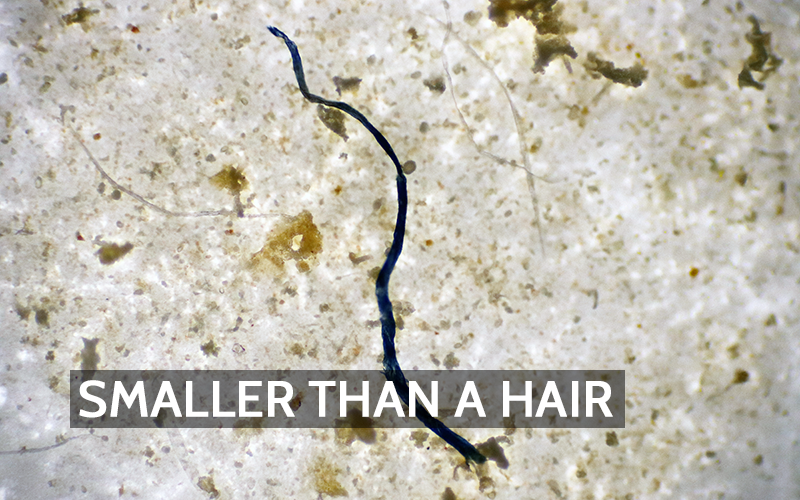Synthetic fabrics, such as polyester, nylon, and acrylic, have become staples in the fashion industry due to their durability and cost-effectiveness. However, these materials are significant contributors to microplastic pollution, posing environmental and human health risks.
Understanding Microplastic Fibers
Microplastic fibers, often referred to as microfibers, are tiny plastic particles less than 5 millimeters in size. These fibers are released from synthetic textiles during various stages of their lifecycle, including manufacturing, washing, and regular wear. A study highlighted that a single garment can shed over 1,900 fibers per wash, with fleece materials being particularly culpable.
Environmental Impact
Once released, microfibers often bypass wastewater treatment processes and enter aquatic ecosystems. Marine organisms ingest these particles, leading to bioaccumulation up the food chain. Research indicates that synthetic fibers constitute approximately 85% of man-made debris on shorelines worldwide.
Beyond water pollution, microplastics contribute to air pollution. Airborne microplastics have been detected in urban atmospheres, with reports showing a fallout of 29–280 particles per square meter per day on an urban rooftop, underscoring the potential for routine exposure.
Human Health Concerns
The inhalation of airborne microplastics poses significant health risks. Once inhaled, these particles may lodge in the lungs or, through mucociliary clearance, be ingested and enter the digestive system. Studies have found that microplastics can cause inflammation and oxidative stress, potentially leading to respiratory issues. Moreover, microplastics have been linked to an increased risk of heart attacks and strokes, as well as other health issues.
Mitigation Strategies
Addressing microfiber pollution requires both individual and systemic actions:
-
Use of Filtration Devices: Installing filters in washing machines can capture microfibers before they enter wastewater systems.
-
Choosing Natural Fibers: Opting for clothing made from natural materials like cotton, wool, or hemp can reduce microfiber shedding.
-
Advocating for Policy Changes: Supporting regulations that mandate the reduction of microplastic emissions from textile industries can lead to broader environmental benefits.
While synthetic fabrics offer convenience, their environmental and health costs are significant. By making informed choices and supporting sustainable practices, we can mitigate the impact of microplastic pollution.
Related Article:
Urban Planning Strategies for Tackling Air Pollution
References:


